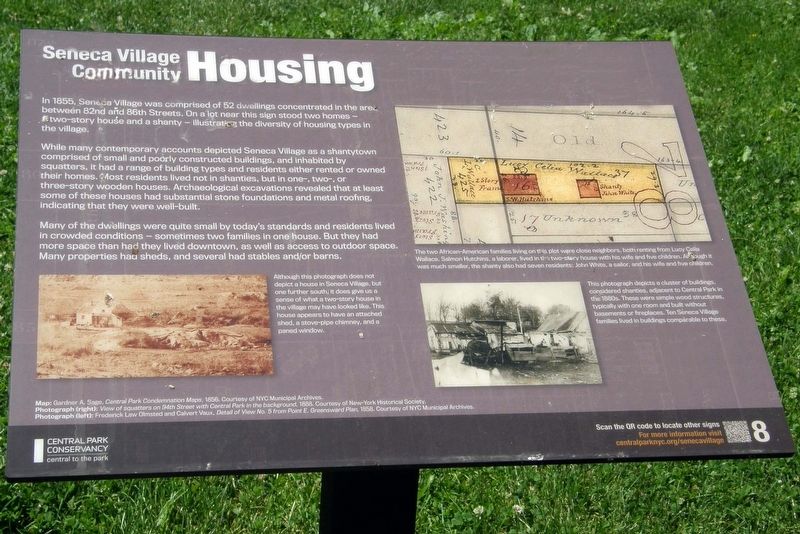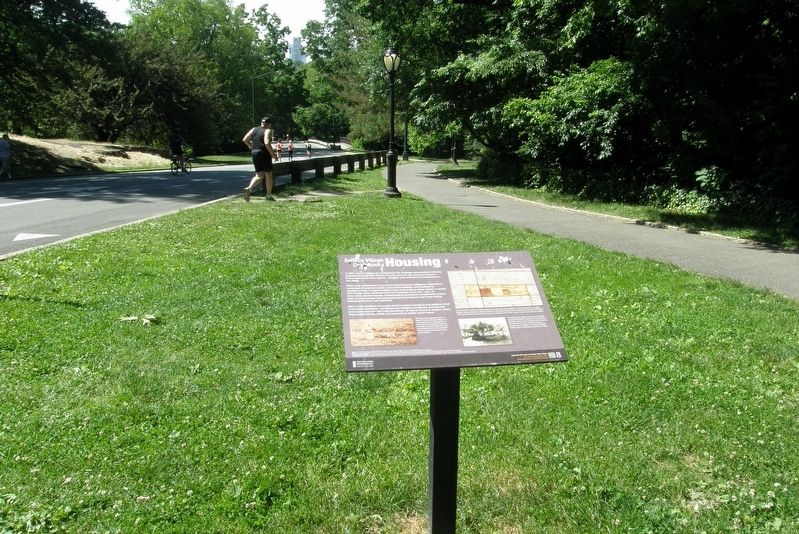Central Park West Historic District in Manhattan in New York County, New York — The American Northeast (Mid-Atlantic)
Housing
Seneca Village Community
In 1855, Seneca Village was comprised of 52 dwellings concentrated in the area between 82nd and 86th Streets. On a lot near this sign stood two homes – comprised of small and poorly constructed buildings, and inhabited by squatters. It had a range of building types and residents either rented or owned their homes. Most residents lived not in shanties, but in one-, two, or three-story wooden houses. Archeological excavations revealed that at least some of these houses had substantial stone foundations and metal roofing, indicating that they were well-built.
Many of the dwellings were quite small by today’s standards and residents lived in crowded conditions – sometimes two families in one house. But they had more space than had they lived downtown, as well as access to outdoor space. Many properties had sheds, and several had stables and/or barns.
Erected 2020 by Central Park Conservancy.
Topics. This historical marker is listed in these topic lists: Parks & Recreational Areas • Settlements & Settlers. A significant historical year for this entry is 1855.
Location. 40° 46.961′ N, 73° 58.165′ W. Marker is in Manhattan, New York, in New York County. It is in the Central Park West Historic District. Marker can be reached from West 83rd Street just east of Central Park West. Touch for map. Marker is at or near this postal address: Central Park, New York NY 10024, United States of America. Touch for directions.
Other nearby markers. At least 8 other markers are within walking distance of this marker. Lanes, Lots and Streets (within shouting distance of this marker); Tanner’s Spring (within shouting distance of this marker); Summit Rock (within shouting distance of this marker); Irish Americans (about 400 feet away, measured in a direct line); Livelihoods (about 500 feet away); Discover Seneca Village (about 500 feet away); All Angels’ Church (about 500 feet away); The Wilson House (about 500 feet away). Touch for a list and map of all markers in Manhattan.
Also see . . .
1. Seneca Village. Wikipedia entry (Submitted on April 26, 2021, by Larry Gertner of New York, New York.)
2. Seneca Village Site. Central Park Conservancy website entry:
Links to several related sub-topics (Submitted on April 26, 2021, by Larry Gertner of New York, New York.)
3. Seneca Village, New York City. National Park Service entry (Submitted on April 26, 2021, by Larry Gertner of New York, New York.)
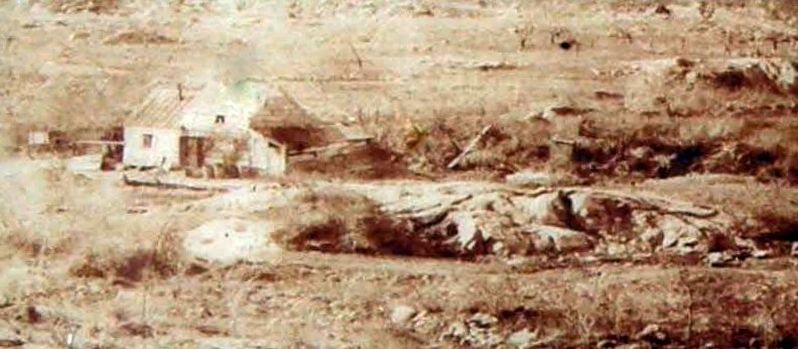
Photographed By Larry Gertner, June 17, 2020
3. Inset
Although this photograph does not depict a house in Seneca Village, but one further south, it does give us a sense of what a two-story house in the village may have looked like. This house appears to have an attached shed, a stove-pipe chimney, and a paned window.
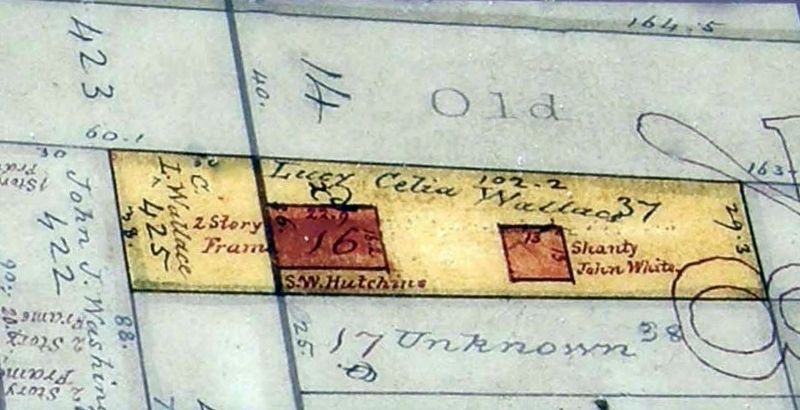
Photographed By Larry Gertner, June 17, 2020
4. Inset
The two African-American families living on this plot were close neighbors, both renting from Lucy Celia Wallace. Salmon Hutchings, a labored, lived in the two-story house with his wife and five children. Although it was much smaller, the shanty also had seven residents; John White, a sailor, and his wife and five children.
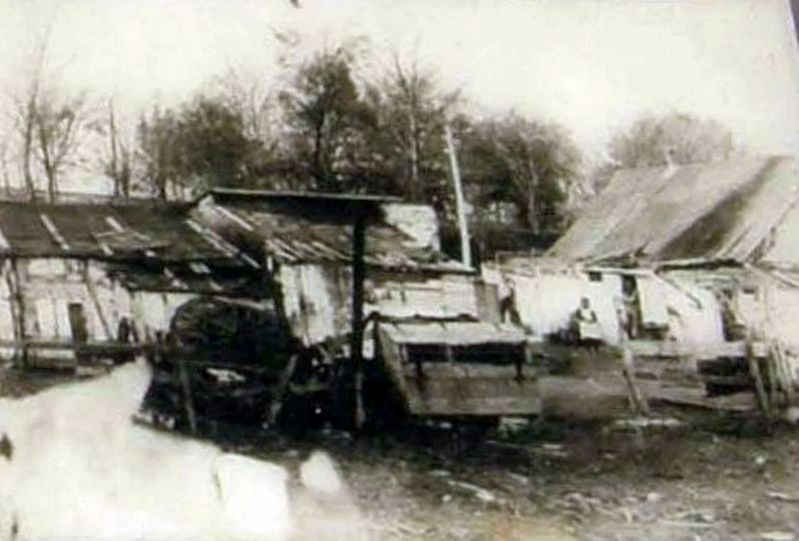
Photographed By Larry Gertner, June 17, 2020
5. Inset
This photograph depicts a cluster of buildings, considered shanties, adjacent to Central Park in the 1880s. These were simple wood structures, typically with one room and built without basements or fireplaces. Ten Seneca Village families lived in buildings comparable to these.
Credits. This page was last revised on January 31, 2023. It was originally submitted on April 26, 2021, by Larry Gertner of New York, New York. This page has been viewed 149 times since then and 16 times this year. Photos: 1, 2, 3, 4, 5. submitted on April 26, 2021, by Larry Gertner of New York, New York.
